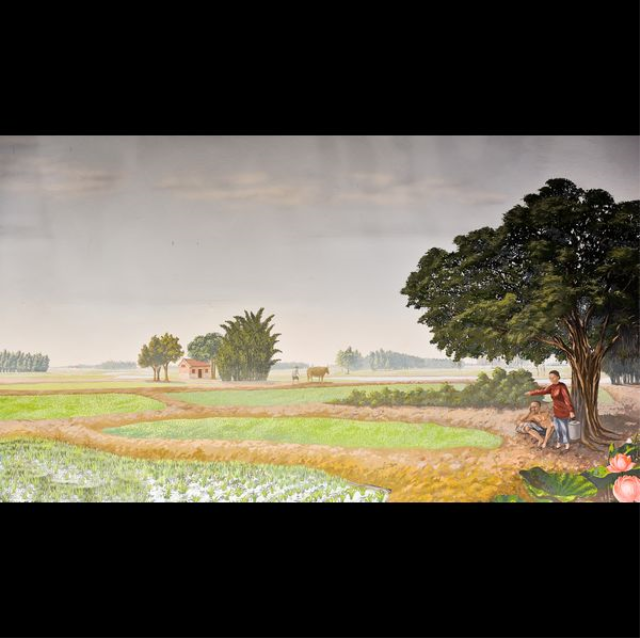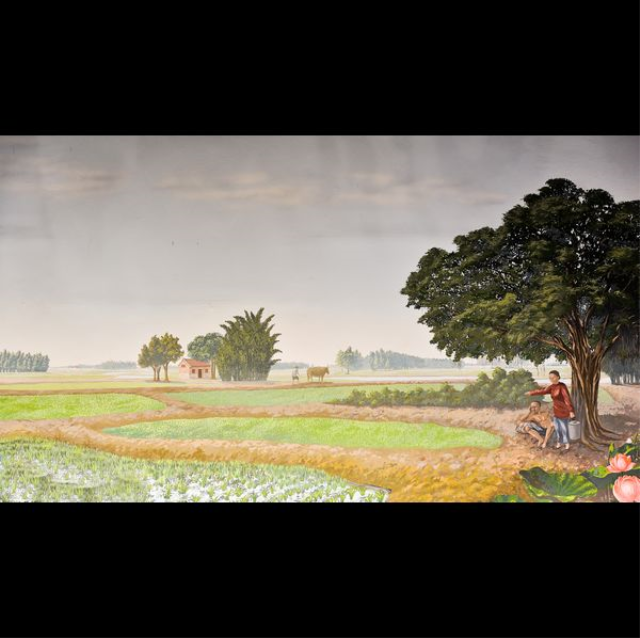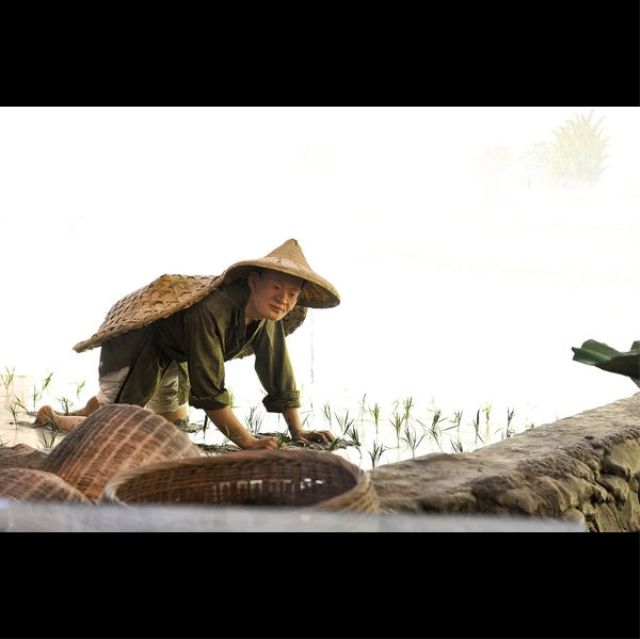:::
Paddy Fields
Prior to the Qing Dynasty, Han migrants to Taiwan had already introduced various rice cultivation technologies, while the indigenous peoples also had crop planting traditions of their own. However, the hydraulic infrastructure in Taiwan were not very sophisticated during the early Qing Dynasty, and so rice production was limited and cane sugar remained the main export product.
After the 18th century, due to an increase in demand from southern China, the government lifted controls over rice production and encouraged Taiwanese farmers to engage in this business. Meanwhile, wealthy families also invested in building large scale hydraulic infrastructure and paddy fields to increase the crop plantation area and enhance production stability, in turn helping to develop the crop farming oriented society that arose in Taiwan during the Qing Dynasty.
Han capitalists, such as Zhang Da-Jing from Fengyuan, Taichung, funded hydraulic projects in exchange for massive plots of land from the plains indigenes. As a result, the Zhangs became the most famous land reclamation family in central Taiwan, and a classic example of exchanging land for water.
In the paddy field landscape, one can see farmers taking time off to observe the religious procession of the Mazu sedan chair. Behind them is a paddy field with some bamboo screens, which are presumably the farmers’ shelters, where they wait and look after their paddy fields next to the hydraulic facilities.












